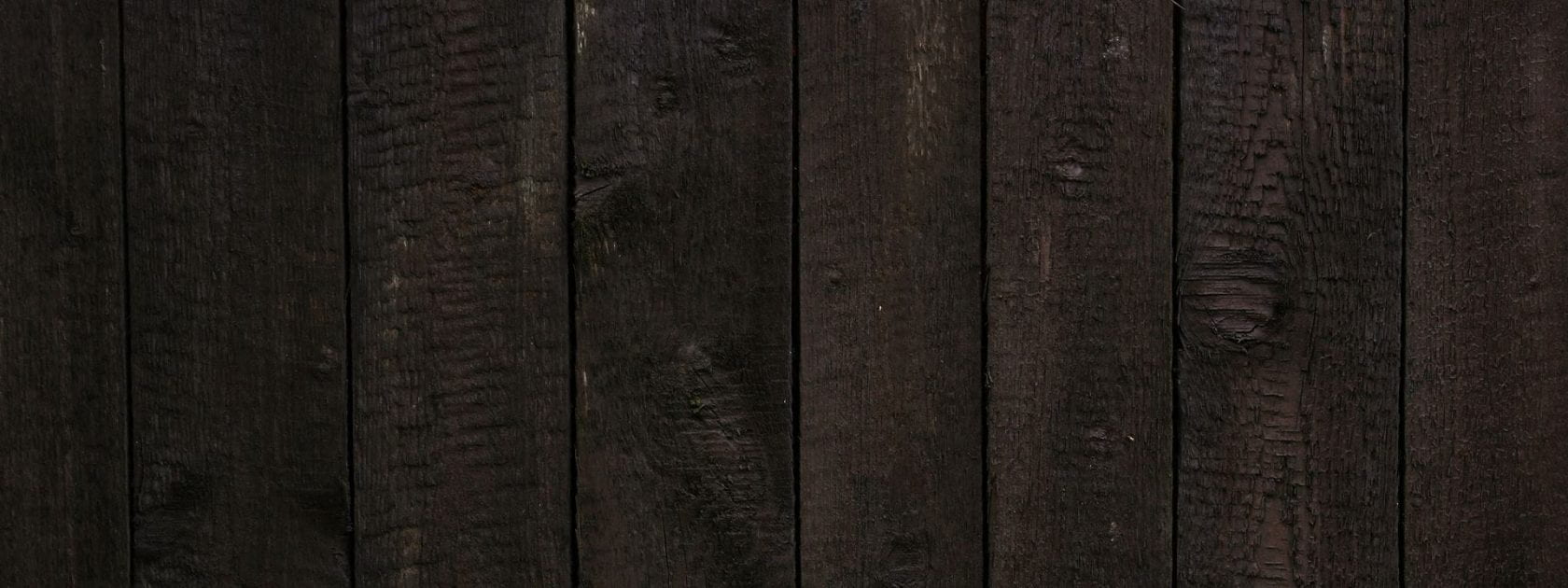A Practical Treatise on Breeding, Rearing, and Fattening All Kinds of Domestic Poultry, Pheasants, Pigeons, and Rabbits : Also the Management of Swine, Milch Cows, and Bees, and Instructions for the Private Brewery
6Th Ed., With Considerable Additions, by Bonington Moubray (1830).
“Bonington Moubray” was a pseudonym used by the English veterinary writer John Lawrence (1753-1839). Lawrence was the son of a brewer from Colchester who wrote several works on veterinary medicine and animal welfare throughout his life. Some of his works included A Philosophical and Practical Treatise on Horses and the Moral Duties of Man towards Brute Creation, first published in 1796, The Modern Land Steward in 1801, and A General Treatise on Cattle, the Ox and Swine in 1805. He also wrote for several magazine publications on horses and animals in sport.
His first work, A Philosophical and Practical Treatise on Horses and the Moral Duties of Man towards Brute Creation, provides a number of interesting insights on animal welfare in the 18th century. In the work, alongside discussions of anatomy and the treatment of various disorders, he discusses the “rights” of animals and their deserving of fair and good treatment.
The Cherry Collection contains a A Practical Treatise on Breeding, Rearing, and Fattening All Kinds of Domestic Poultry, Pheasants, Pigeons, and Rabbits. The work begins with an extensive discussion of a wide variety of domestic poultry, including geese, ducks, chickens, turkeys and pheasants. Lawrence discusses various species and advice on raising, housing and processing both meat and eggs in a variety of conditions.
The work then moves into a discussion of raising and processing a variety of species of rabbits, swine and milch (dairy) cows. With milch cows also comes a discussion of processing milk and producing cheese. Lawrence then moves into a discussion of bee-keeping, including the structure of hives and how to house and raise bees, and techniques for processing wax, honey, and mead. Brewing is next, including raising a variety of hops, brewing equipment and techniques, and the various rules and regulations governing brewing. A short discussion of producing cider ends the work followed by an index and advertisements for a variety of farriery works and agricultural manuals.




